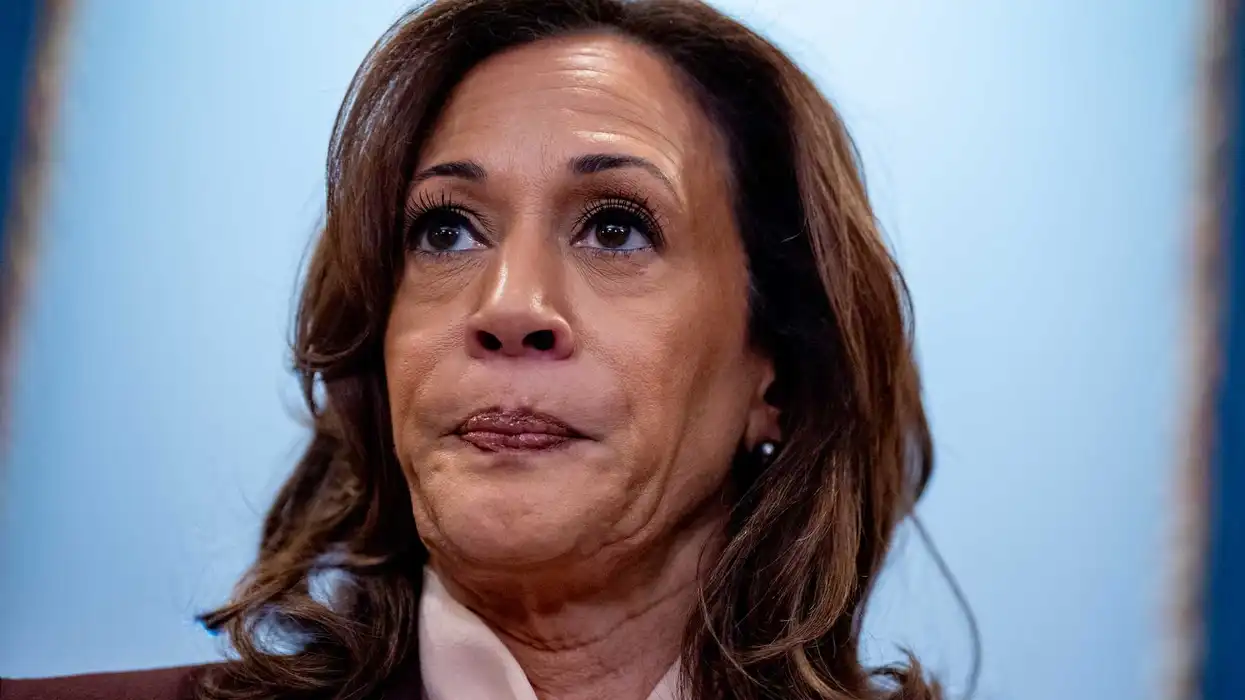A forthcoming academic report is warning that in 10 years, 40 million Americans will be without health insurance — a 10 percent increase — and Obamacare will be to blame.
 Getty Images
Getty Images
It says that after 2017, health insurance premiums will escalate so high that an increasing number of employers will opt to pay the less expensive fine, and the individuals, finding few affordable options on the exchanges, will choose to do the same by 2024.
The report is by Bianca Frogner, assistant professor for health services management and leadership at George Washington University, and Stephen Parente, associate dean of the Carlson School of Management and director of the Medical Industry Leadership Institute at the University of Minnesota.
“There will be a significant number of uninsured Americans unwilling or unable to pay for the inflated insurance available on the exchanges and forced to pay penalties, which for 2016 and thereafter will be the greater of $695 or 2.5 percent of income,” Parente wrote in a Wall Street Journal op-ed previewing the report. “More will choose this option every year. By 2024, Ms. Frogner and I estimate that there will be more than 40 million uninsured, roughly 10 percent more than today.”
The projections from experts in their field could sting more than those from Republican politicians. The assessment comes in the midst of a tough election year for Democrats, who insist the debate over the Affordable Care Act is over because 8 million signed up for the healthcare.gov exchanges.
Based on 2014 health insurance exchange enrollment data, the authors estimate the impact of Obamacare from 2015-2024. They determined the average premium for a "silver" plan will increase by $4,198 for a family by 2019 and increase by $1,375 for an individual.
That outpaces the average rate of increase from 2008 to 2013, before the health law was implemented. Obama administration officials, while conceding premiums are increasing, have argued the Affordable Care Act will keep the rate of increase down.
Meanwhile, the Congressional Budget Office estimates that Obamacare will lead to 7 million people being dropped from employer-provided insurance by 2020. This will drive more people to the Healthcare.gov exchanges, which will drive up the cost of those plans.
“We estimate that Medicaid enrollment will increase by 2 percent to 3 percent annually through 2024. Yet this will not capture everyone,” Parente wrote. “Many will not be eligible for the program, because either they earn more than 133% of the federal poverty level (currently $11,670 for an individual, $23,850 for a family of four) or their state did not expand Medicaid.”
The professors predict the “steepest price increases will not occur until 2017.”
That's when the hardship exemptions from all existing plans will expire. Also that year, health insurers will not be able to bill the government 80 percent of a patient's cost when a makes more than $45,000 in annual claims.
“The multibillion-dollar risk corridors for insurance companies will also sunset in 2017—ending the taxpayer bailouts that kick in when insurance companies providing ACA plans lose money,” Parente wrote. “Insurance companies will have neither option by 2017, leaving consumers to pick up the tab through premium payments. Federal subsidies will be unable to keep up with such dramatic rate spikes.”
He went on to write: “Confronted with this cost crisis, consumers will react the only way they know how: by looking for cheaper options such as the remaining high-deductible health plans offered by private companies and the exchanges as well as plans with very limited physician and hospital networks geared to achieve maximum efficiency for the average patient. These plans are likely to provide no or limited access to specialized facilities and physicians. Rising premiums will create a cyclical exodus from insurance plans, with each wave of departures fueling premium spikes that cause even more departures.”

 Getty Images
Getty Images






